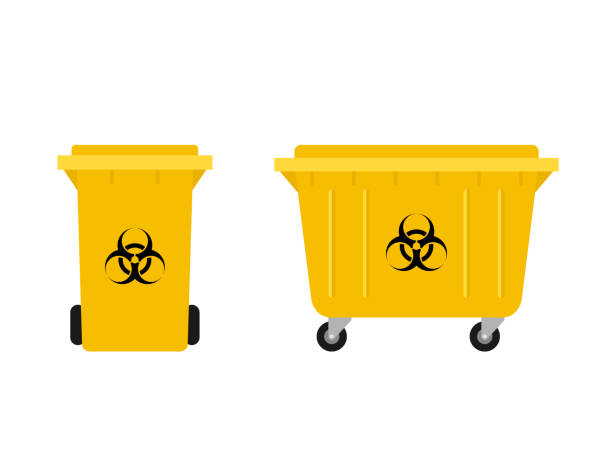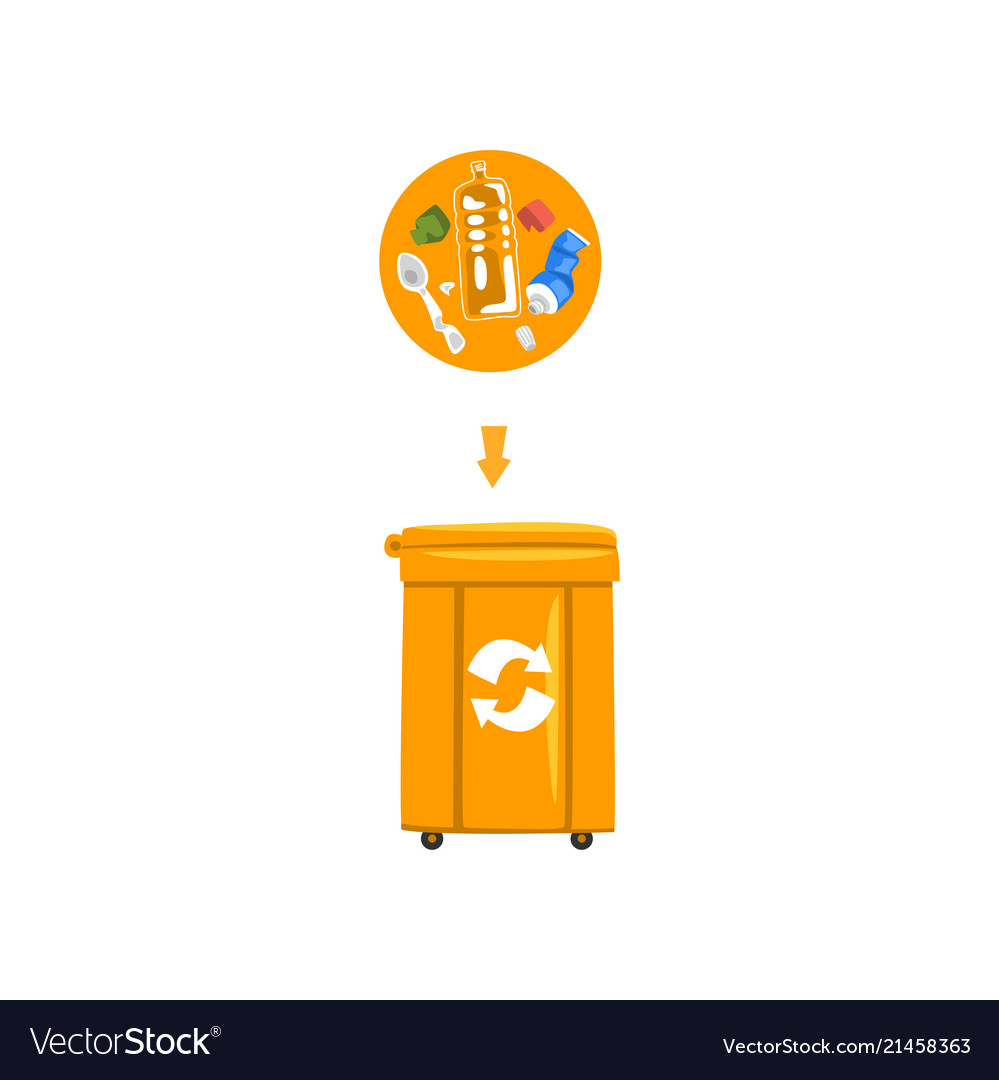Types of Waste and Color codes of Dustbins
Waste management and proper disposal is necessary for preserving a clean environment. So it is important to segregate the waste into different types for the proper disposal and processing. This helps in avoiding difficulties while recycling and proves to be an easier way to clean our surroundings. To appropriately segregate the waste there is a certain color coding for the types of waste. Let us discuss about it in detail.
Types of wastes:
1. Organic waste
Organic waste is any biodegradable material that comes from a plant or an animal. It degrades into carbon dioxide, methane, or simple organic compounds is known as biodegradable waste. Methane, a strong greenhouse gas, is produced by organic waste in landfills. Methane emissions are considerably decreased when waste food and other organics are composted. Chemical fertilizers are minimized, and in some cases eliminated, by compost.
Green waste, food waste, food-soiled paper, non-hazardous wood trash, green waste, rotten meat, and garden debris are all examples of organic waste. It is disposed in brown dustbins.

2. Hazardous wastes
Hazardous waste is a type of waste that poses a significant or possible risk to human health or the environment. It poses a major hazard to human health and the environment if it is not properly managed. It can be flammable, corrosive, poisonous, explosive etc.
Examples are paints, batteries, solvents, cleaning agents, pesticides, motor oils, unused medicines, radioactive wastes etc. They are disposed in yellow dustbin.

3. Solid waste
Any garbage, sludge, or refuse found in industrial and commercial environments is considered solid waste. Source reduction, recycling, storage, collection, transportation, processing, and disposal are all examples of solid waste management. It includes glass, ceramics, paper, metal and plastics as the categories of solid wastes.
Garbage, building debris, business refuse, sludge from water supply or waste treatment plants, or air pollution control facilities, as well as other wasted materials, are all examples of solid waste. They are disposed in orange dustbins.

Zero Waste Home and 10 tips to achieve it
Related article
4. Liquid waste
All grease, oil, sludges, wash water, waste detergents, and dirty water that has been thrown away is referred to as liquid waste. They are dangerous and poisonous to our environment, and they can be found in both industries and homes. Any waste that exists in liquid form is referred to as wastewater.
Liquid wastes spread out and can easily pollute other liquid sources if they come into contact with them. This form of garbage can also be absorbed by soil and groundwater. This pollution subsequently pollutes the plants we eat, the animals in the ecosystem, and the humans who live in the pollution’s path. It is disposed in blue dustbin.
5. Recyclable waste
Waste that can be utilized to make new items by changing its form so that it is no longer recognizable as waste is referred to as recyclable waste. This category includes all recyclable goods such as metals, furniture, and organic trash.
Proper segregation is needed before disposal because all items are not recyclable. Hence the wastes that cannot be recycled must not be disposed in the green color dustbin meant for recycled wastes.




I want power point
Red dustbin not mentioned